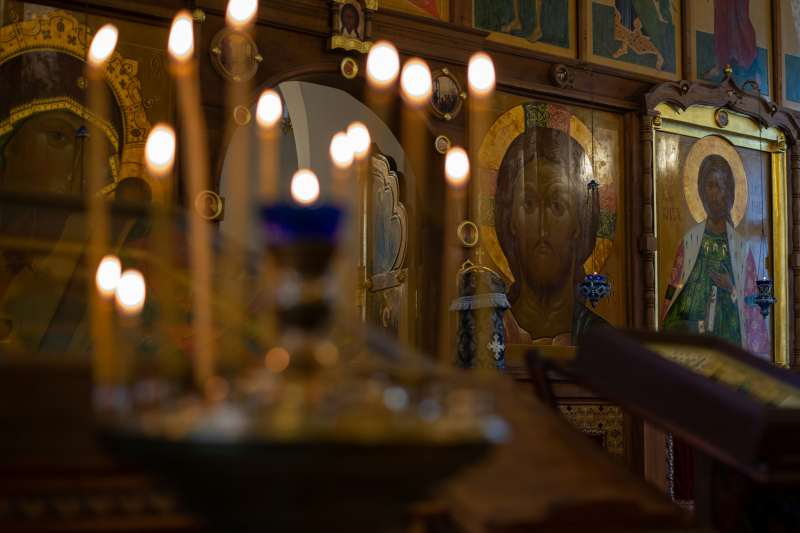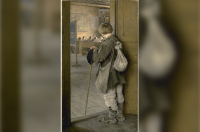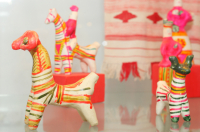It’s no accident that I decided to start this article with a mention of frescoes. Icons, sacred images created by painting, typically on wood, and frescoes painted on the walls of churches may now seem like quite different art forms, but they actually came hand in hand in Medieval times. Both types of art were often done by the same artists, thus demonstrating their immense artistic range.
Among the most prominent of such masters when it comes to Eastern Orthodoxy are Theophanes the Greek and Andrei Rublev. Thanks to them and their confreres, local spiritual art reached its peak around the 15th century, representing religious ideas in the most elevated, diverse, and colorful way.
As you can probably tell from the second part of Theophanes’ name, this was done not without the influence of another culture. The Byzantine art tradition combined Christian ideology with the heritage of Classical Antiquity and laid the groundwork for the creation of Russian spiritual art.
We probably will never know exactly how it happened, since there are few written sources on the topic, but one way or another, Byzantine Greek artists came to Russia and shared their skills and knowledge with local masters. This doesn’t mean that the latter merely copied Byzantine art – rather a vibrant Greek-Russian environment was formed, and the results of its work can still be found in churches and museums, especially in the ones located in the three key centers of Russian Orthodox Christian art – Moscow, Pskov, and Veliky Novgorod.
Masters from each of these three cities had their own distinct style, even though they drew inspiration from the same source. In Moscow, icon painters influenced by Byzantine Classicism strived for more harmony and balance in their compositions. There’s a certain softness and calmness in their imagery of saints. You can see it on some of the grand masterpieces preserved to this day, such as Andrei Rublev’s The Trinity.
Icons created in Pskov, in their turn, are more expressive and intense, with contrasting bright and dark fragments. For an example, look at this 15th-century icon titled Harrowing of Hell.
Yet another approach that differed from that of neighboring regions was created in Veliky Novgorod. Local icons were painted using a unique color palette, were pretty straightforward with their structure, and very clear when it comes to the expression of an emotional setting. You can notice these features on the Saint George and the Dragon icon.
If you wish to see the ancient icons of Russia in real life, you can go to, for example, the Russian Museum in St. Petersburg, the Tretyakov Gallery and the Museum of Russian Icon in Moscow, and Novgorod State Museum in Veliky Novgorod.




